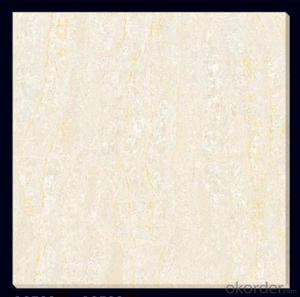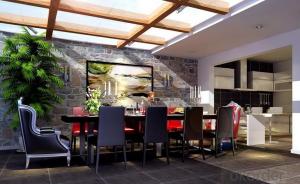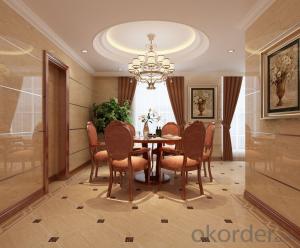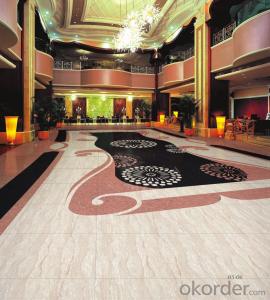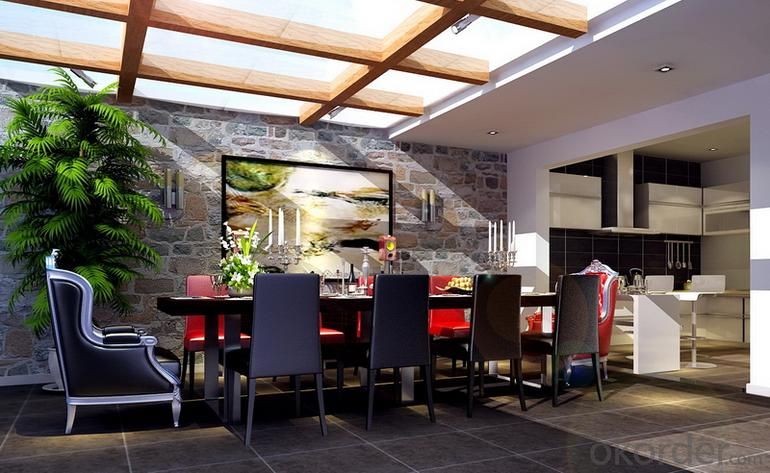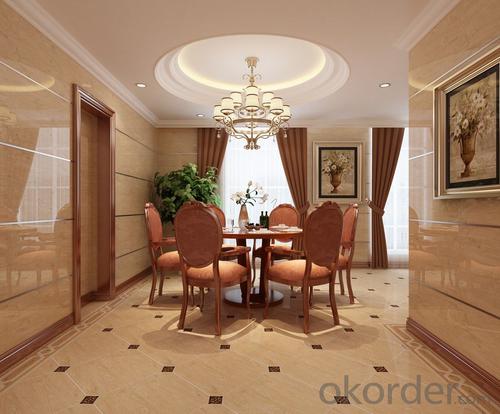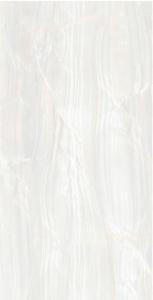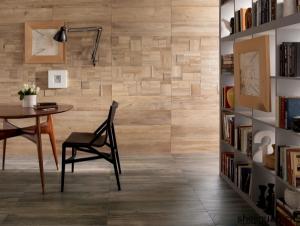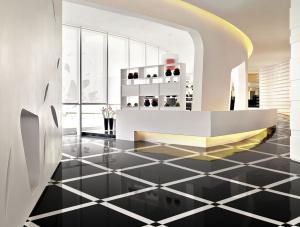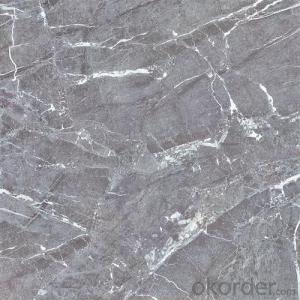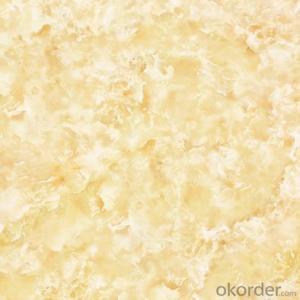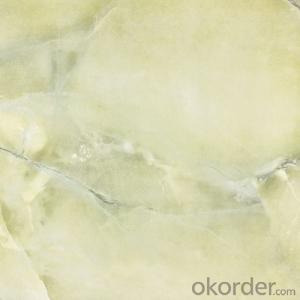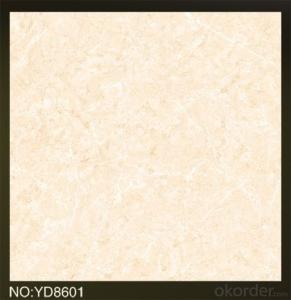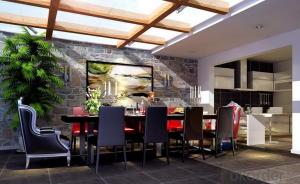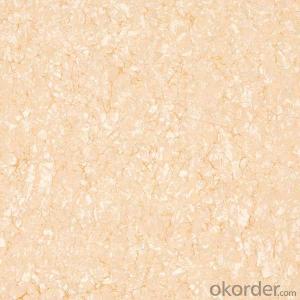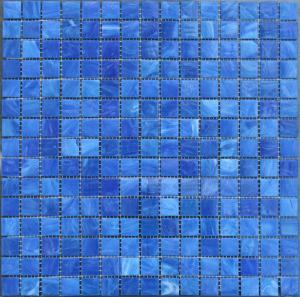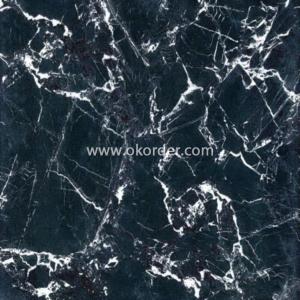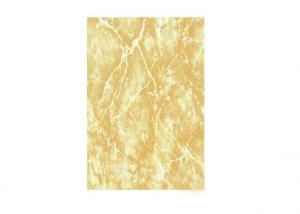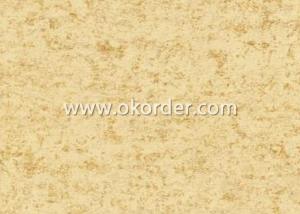Porcelain tile CMAX 6709
- Loading Port:
- China Main Port
- Payment Terms:
- TT OR LC
- Min Order Qty:
- -
- Supply Capability:
- -
OKorder Service Pledge
OKorder Financial Service
You Might Also Like
Specifications of Porcelain Tile
1.Polished porcelain tile
2.Great natural stone image and high glossy degree
3.Water absorption:<0.5%
4.Sizes: 600 x 600mm or 800 x 800mm
6.Product features: resistance to fading, staining and discoloration, easy to clean
7.Package: carton + strong wooden pallet
8.Transportation: by sea
9.Package: 4 pcs/Ctn for 600mm; 3 pcs/Ctn for 800mm
Applications of Porcelain Tile
1.Suitable for homes flooring tiles
2.high grade office buildings
3. high-grade hotel flooring tiles,
4.government and corporate projects flooring tiles
5.deluxe clubs flooring and wall tiles
Pictures of porcelain tiles
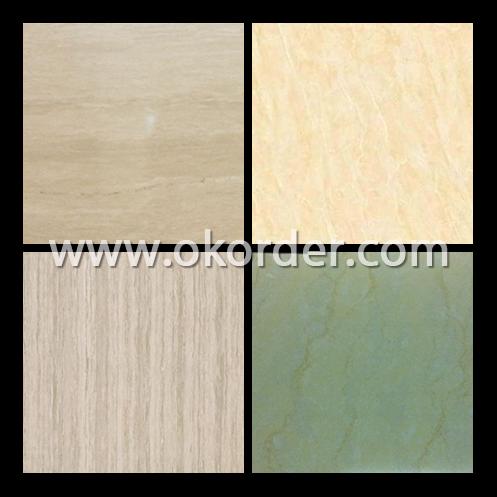
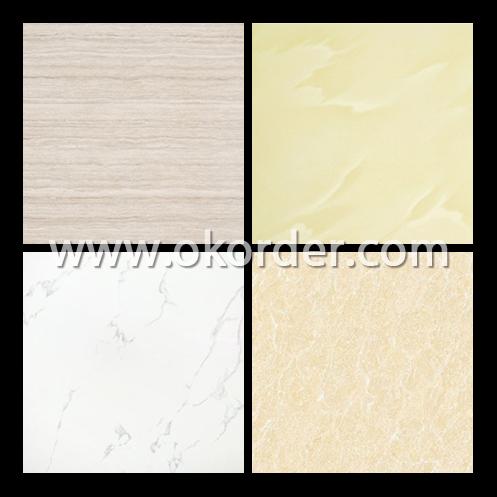
Usage of porceain tile


Polishing Line of porcelain tile
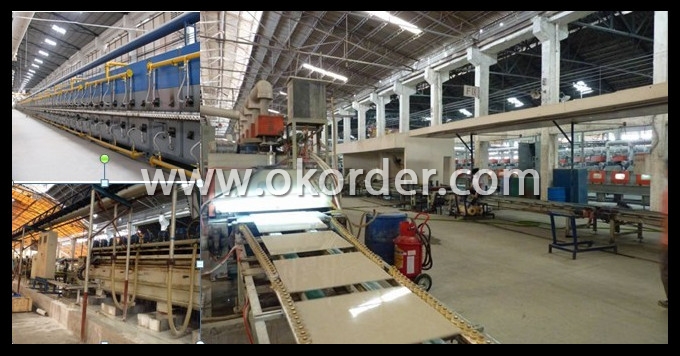
Packing Line of porcelain tile
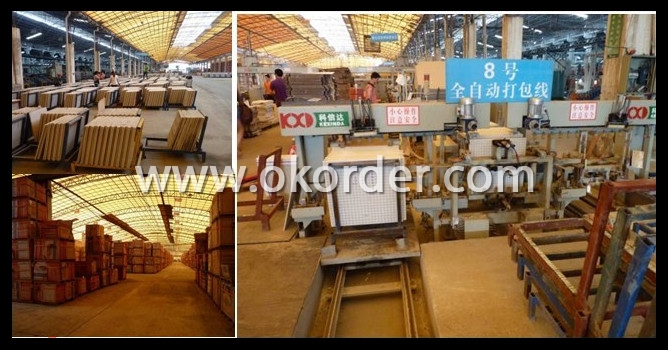
Certificate of porcelain tile
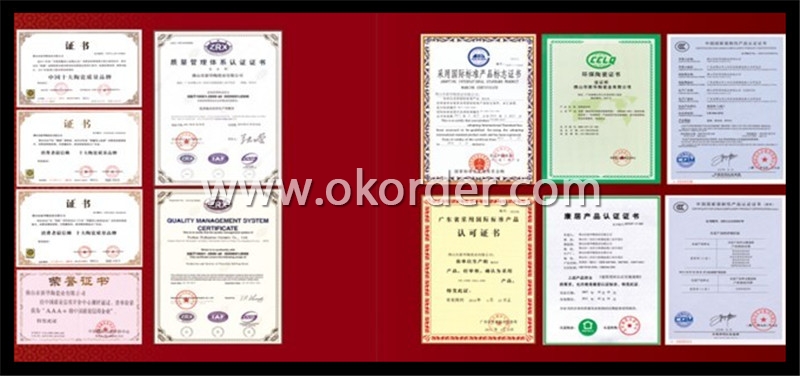
Advantages of porcelain tile
Green Product
Guarantee/Warranty
International Approvals
Packaging
Price
Product Features
Product Performance
Prompt Delivery
Quality Approvals
Reputation
Service
Main Export Markets:
Asia
Australasia
Central/South America
Eastern Europe
Mid East/Africa
North America
Western Europe
Here you can find good products, better price and the best service!
Looking forward to receiving your inquiry
- Q: What should you pay attention to when installing tiles?
- Decoration is sure to follow the procedures, the installation of the tiles to the base to do real, the mortar filled, so uniform.
- Q: I want to lay tile on a house I just bought. What is the difference between ceramic and porcelain tile and which one would be the best fit for my house? The tile is going to be in the living room, dinning room, and kitchen. Also, how much is it going to cost me for labor to lay down the tile? Total square feet is going to be around 600 sq ft.
- I okorder /... As far as how much it will cost to install you will need to go to home depot or lowes and get an estimate. Call around locally or ask any neighbors that have had tile installed.
- Q: What supplies would you need to install Ceramic Tile to a kitchen floor.
- Tile adhesive Tile grout Nothced adhesive trowel Grout float Tile snips Wet saw
- Q: I want to use the tiles for a back splash in the kitchen. Is there a reason I have to use the spacers? Why can‘t I put them where they are touching each other? I‘m not using them on a floor. I don‘t like the look of the space between the tiles.
- the spaces are important on wall tiles because you need the grout for extra support. Think about it. If the only support you have is on the bottom of the tiles, their is an increase chance of the tiles falling. The grout around each tile makes each tile attached independently having also side support.
- Q: I‘m having a small bathroom remodled. The floor isn‘t perfectly rectangular, there are some uneven areas because of the tub. I would like the opinion of a profession tiler (should there be one put there, somewhere)...should the floor tiles always be centered, or start lined up against a wall? Also, should the grout be completely dry before sealing it? Thanks.
- In regards to sealing grout, many grouts, like TEC Power Grout, never need to be sealed to maintain stain resistance. You can get TEC Power Grout at Lowe's. For the tile layout, start tiling at the end of the room and work your way out. At the end of the room, find the center point, and do a dry lay out of your tile from the center point to the wall. You want to have at least 1/2 a tile at the wall, although it looks better if you have a full tile along the wall. You also want to have a full tile at the entrance because it looks nice that way. You may need to adjust your dry layout and cut tile with a wet saw so that your tile can fit the space. Good luck!
- Q: I am planning on laying down tile in my dining room and kitchen. I recently saw an offset pattern with 12x12 tiles and liked it. I‘ve now decided to go with the same offset pattern but with 20x20 ceramic tiles. Would I still have to find the center of the room and start tiling out from the center or can I just start at one wall and go from there since i‘ll be using the offset pattern? Thanks in advance.
- Regardless of the pattern layout, starting at the centre will leave an even margin of cuts around the edges. It also allows for the walls being not perfectly straight, or the the corners not being perfectly square. However,it is a good idea to lay a row of dry ties to make sure any cuts along the walls will not be too narrow.
- Q: ive never tiled anything before. i was thinking of replacing our old tiles around the fireplace and puttnig in slate ones. i am wondering if its a bigger project than it seems. will i have to remove the mantle to do it. is it harder to tile something on the wall or fireplace than the floor? should i just seek a professional or is it easy?thanks
- I don't know about horrible but certainly impractical; unless the fireplace is merely decorative; or an electric one. TILE is usually fired at approx. 2000 degrees; essentially creating glass. It's highly unlikely you'd ever have a fireplace fire get that hot...Hopefully. The issue is more that constant stress on the tile in heating and cooling; and the effect on any mortar you choose. Beyond that is the issue of the tile being hidden most often; and the need to clean it often to be able to view it when no fire is present. Fireplaces are crafted using Brick, that allows no such effects from temp variations, and offers some level of insulation against the heat produced within the confines of the fireplace. Certainly you might consider tiling a hearth; or creating a hearth that you can tile; but it seems a bit defeating to tile into a fireplace. Tile; especially floor type; are created through different heat ranges and substances; to be graded in durability. Assume something like A being the least durable, and D being the most durable. That equates to normal traffic and wear. I'll assume someone will tell you; Sure; there are heat resistant tiles and mortars but I'll go back to my notion of the aesthetics and ask why bother? Steven Wolf
- Q: best way to install floor 12inch by 12 inch floor tile
- First you decide if you want a seam or a row of tiles in the middle. Make sure the floor is clean and without divots (fill in any holes). Drop a chalk line down the center of the room and lay a row of tiles dry (no stick) along the line to see how they look. You don't want one end to leave a sliver and the other end to leave almost a full tile - try to balance the ends that have to be cut. Now dry-lay a perpendicular row from the center to check the ends going across the room. Lay a full tile or its edge down on the chalk line. This first tile will be used to orient all your tiles so make sure you're satisfied with the placement. Then lay a whole permanent row of full tiles down the center. Now you have to decide if you want the tiles layed side by side or brick wall pattern. Next lay the perpendicular row down permanently. Now all you have to do is fill in the quadrants as far as you can go with full tiles. After all your full tiles are down, it's the cut ones that remain. Slide a full tile in place up to the wall and mark where you have to cut. Peel and stick tiles usually can be cut with a sheetrock knife and a metal straight edge or a good pair of shears. Some of the cuts can be tricky - I can't see them so you'll have to muddle through.
- Q: We purchased a 12 year old house and some of the ceramic floor tiles are cracked and need to be replaced. Where can you find old ceramic tile patterns? Do I have to replace the entire area?
- If you can get one tile to carry as your sample, then check stores that sell tiles. Doubt you will find them. Best bet is take sample to store that specializes in tile; they MAY have outdated tiles in their warehouse. Dig out some from area that could use contrast colors. Use pulled up ones (extra work to 'clean' back of old tiles) and replace the cracked/broken tiles. Use contrasting tiles around visible outside wall border or center of area. Now have 2 different colors but not replacing entire floor.
- Q: how to install the tin molding around the edge of the tiles
- I wallpapered the ceiling in our mattress room (on my own!) with pretend plaster paintable wallpaper from dwelling house Depot, and now i'm additionally desirous to do a pretend tin ceiling interior the eating room. i've got regarded at Anaglypta paintable wallpaper, yet i'm leaning extra in the direction of the recent vinyl wallpapers (Petite Punched Tin Ceiling result Raised Texture metallic Wallcovering) that are available in distinctive metallic colorations and look lots like the actual element. this could save me a number of of time portray and glazing to get the excellent result. Paintable wallpaper can look monochrome and flat except you place some extra advantageous artwork into it. The vinyl ones i'm speaking approximately are on internet site 2 of the hyperlink under. stable luck!
Send your message to us
Porcelain tile CMAX 6709
- Loading Port:
- China Main Port
- Payment Terms:
- TT OR LC
- Min Order Qty:
- -
- Supply Capability:
- -
OKorder Service Pledge
OKorder Financial Service
Similar products
Hot products
Hot Searches
